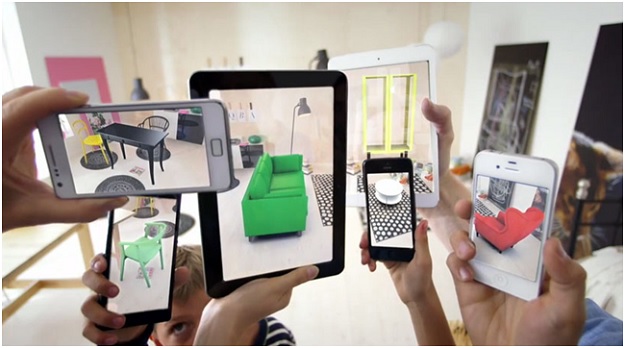Clients do not necessarily know what they want or what experience they prefer. It is the task of paramount importance for managers to anticipate consumers’ needs and give them what they really want. One of the ways to direct clients to the right place at the right time is to effectively manage queues while adding a tech touch to design and layouts of facilities.
There is a bunch of solutions today to manage queues, from paper tickets and electronic boards to beepers and pagers. Such systems offer enhanced capabilities to services consumers, provide more opportunities to cut final costs, and improve customer loyalty.
Digital transformation is an inevitable step to offer a first-rate customer experience. The number of“smart” options can help get clients back again and again consuming products and services.
Electronic queue as a part of a customer portal
Virtual customer traffic flow is as important as the actual flow, especially when it comes to medical institutions. An electronic queuing system embedded into a customer portal is able to handle a cluster of vital tasks to ensure simple and transparent logistics:
• Reserve a visiting time
• Provide all the required information in advance
• Control a place in a queue
• Reschedule/cancel a visiting time
• Schedule a revisit
Example: Making an appointment with a doctor, patients can specify the registration data, opt for the redirection to another specialist or for the further examination, etc. Patients can monitor the queue, application order, and progress on the personal page. They can also ask for online consultant help or use a feedback link. With the view todramatically improve service quality, all these can be carried out within a single customer portal.
Implementation: Users access a customer portal by logging in to their accounts. For this purpose, they can use personal smartphones and guest tablets or use indoor info terminals when visiting medical centers.
Indoor navigationpaves the way to modern solutions
Visitors could feel lost and trapped in multilevel premises, if not for the smart navigation option. Such solutions significantly facilitate moving around medical centers, government offices, business centers, and shopping malls. Indoor navigation apps can run on consumers’ personal smartphones or some special devices. It will help plan logistics for visitors, redirect them to various indoor locations, draw their attention to the places and products they need first – in other words, control the visitor traffic dynamically. Interior and space planning solutions will assist in directing visitors through waiting areas, cafes, and the like. Thus, indoor navigation solutions can be used for the following purposes:
• Car parking assistance (following up to a free parking space, searching the parked car)
• Searching the required store and navigating through large shopping malls
• Helping patients when visiting medical centers
• Virtual assistance when following up to the needed checkpoint
Implementation: Indoor navigation solutions involve complex hardware and software parts. There are, by default, various components, such as:
• Layouts and diagrams of a building and all the premises
• Cataloged types of premises (shops, service centers, utility rooms, parking, elevators, emergency exits)
• Module for indoor navigation
• Virtual assistant
The software components are supplemented by the hardware part, which makes smart navigation solutions fall under the category of custom IoT solutions that reign the retail industry these days.
Augmented reality as an excellent assistant
This sought-aftertechnologyallows saving on costs associated with auxiliary equipment (i.e., information boards, direction signs, etc.) AR enables creating virtual space for business premises without significant interior redesign. Extremely flexible and adaptive systems can be used for:
1. Improved visitor navigation in the areas with the lack of direction signs, such as museums, airports or government offices. Some navigation elements can be moved to the virtual space.
2. Instant and widespread access to information boards, which require no logging in to a customer portal.
3. Replacing traditional ticketing terminals with virtual ones to use for managing electronic queues.
4. “X-Ray vision” to see behind the closed doors or even through the walls virtually to see what’s located in the room, find out the service progress or obtain educational information.
Implementation: AR-driven solutions require special equipment and mobile applications. Some cutting-edge smartphones already support AR. However, special hardware requirements narrow the range of users. Special markers and tips informing visitors on how they can take advantage of AR are required for communication between physical and virtual space.
All three rolled into one
Let’s recall the innovative customer experience created by the leader of the e-commerce industry Amazon. The prototype store provides unrivaled cashier-free and no queue experience. Amazon has demonstrated an inspiring example of how such technologies as deep learning and augmented reality can revamp conventional customer logistics and traditional store experience. Similar solutions can be used to transform familiar concepts and implement business objectivesvia some novel ideas.Whatever is the idea, it is great as long as it is developing in the best interests of consumers.

